Why Fire-Prone Communities Need Community Microgrids Now
This blog post explains the crucial need for Community Microgrids in fire-prone regions.
Read More
In December 2017, the month-long Thomas Fire burned over 300,000 acres and devastated parts of Ventura and Santa Barbara Counties. The fire claimed two lives and destroyed over 1,000 structures. It also burned trees and other plants whose roots had stabilized the hillsides surrounding Montecito, an unincorporated area in southern Santa Barbara County.
On January 9, 2018, in just five minutes, half an inch of rain fell over the destabilized hillsides, resulting in a debris flow of boulders, trees, and over 15 feet of mud in some locations— traveling downhill at 20 miles per hour. The flow subsumed everything in its path, tragically taking 23 lives and completely destroying 100 homes while damaging 300 more.
Both the fire and the subsequent debris flow demonstrate the need for energy resilience in this disaster-prone region. The devastated areas lie within the Goleta Load Pocket, a region that spans 70 miles of coastline encompassing the cities of Goleta, Santa Barbara (including Montecito), and Carpinteria. Because the Goleta Load Pocket is a highly transmission-vulnerable region, this community can benefit greatly from the resilience provided by local renewables.
As the first building block of the Goleta Load Pocket Community Microgrid (GLPCM), the Clean Coalition is working with the community to stage a Community Microgrid in Montecito, starting by establishing individual microgrids at three critical community facilities. The Montecito Community Microgrid will provide an unparalleled trifecta of economic, environmental, and resilience benefits to the Montecito community.
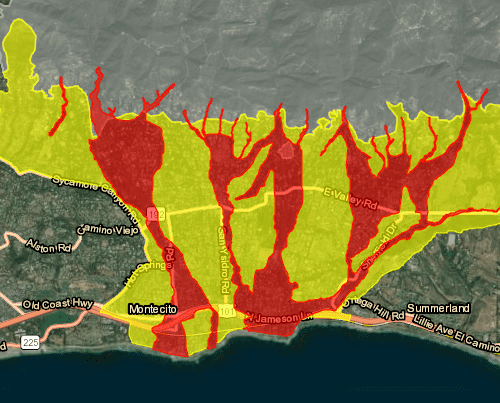
The Montecito Community Microgrid Initiative, the first building block in the Goleta Load Pocket Community Microgrid Initiative, provides a unique opportunity to build back right while ensuring indefinite renewables-driven energy for critical emergency response and recovery facilities. This deployment of clean local energy will showcase the grid of the future and will provide an unparalleled trifecta of economic, environmental, and resilience benefits to the community.
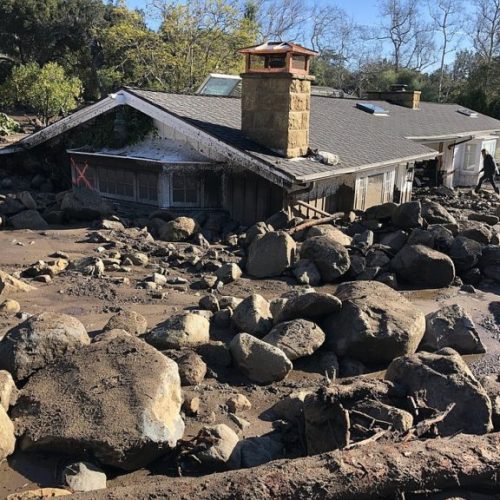
During a long-term power outage, Community Microgrids will keep the lights on and the doors open at critical and priority facilities, supporting the community. During normal operations, these clean local energy resources will also drastically reduce the carbon footprint of the community and will help advance regional, state, and global climate action goals.
Image: Montecito home destroyed by debris flow. Source: Santa Barbara County Fire Department
The Steering Committee for the Montecito Community Microgrid Initiative is driving this effort forward.
For information on the Steering Committee, click the link below.
A Community Microgrid is a new approach for designing and operating the electric grid, stacked with local renewables and staged for resilience.
Features:

In October 2018, the Clean Coalition’s Craig Lewis and Gregory Young presented on what this opportunity could mean for Montecito and the Goleta Load Pocket.
Solar Microgrids were planned for initial deployment at these three sites in the Montecito Upper Village:
The Montecito Fire Protection District Solar Microgrid is expected to be online by the summer of 2022, and the solar for the Montecito Union School was completed in October 2021.
During a long-term power outage, Community Microgrids will keep these critical community facilities operational. During normal operations, the individual microgrids will provide economic benefits and drastically reduce the carbon footprint of the community while advancing regional, state, and global climate action goals.
Each site is anticipated to benefit from indefinite renewables-driven backup power for the most critical loads:
Sites listed here are pending consideration and approval.
Phase I of the project involves staging a Community Microgrid for implementation in Montecito Upper Village. Potential initial sites are the Montecito Fire Protection District headquarters and the Montecito Water District headquarters (including water wells and pumping stations). The project would then expand further to include an array of commercial properties in the area. (Figure: Upper Village Community Microgrid block diagram)
Tier 1 potential sites: Critical facilities required for emergency response
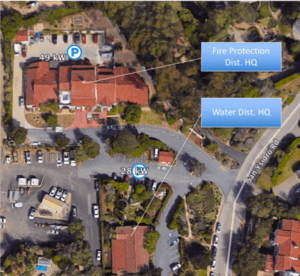
Tier 2 potential sites: Priority facilities for shelter and recovery
Tier 3 potential sites: Priority facilities for shelter and recovery
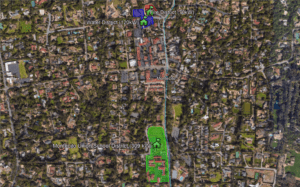
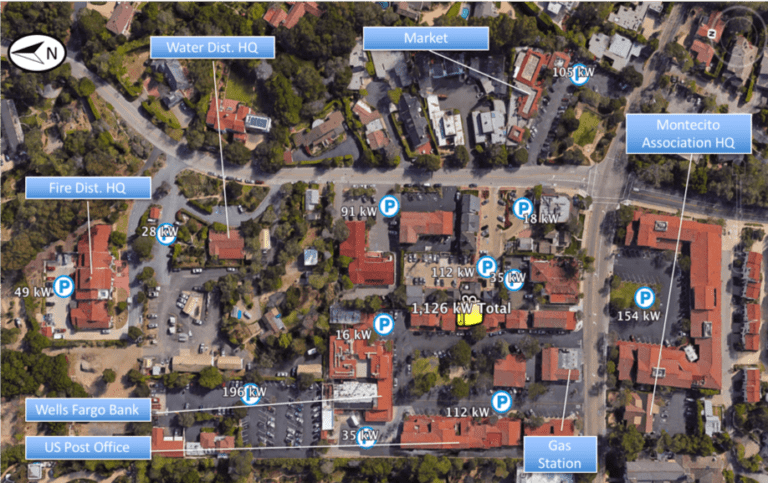
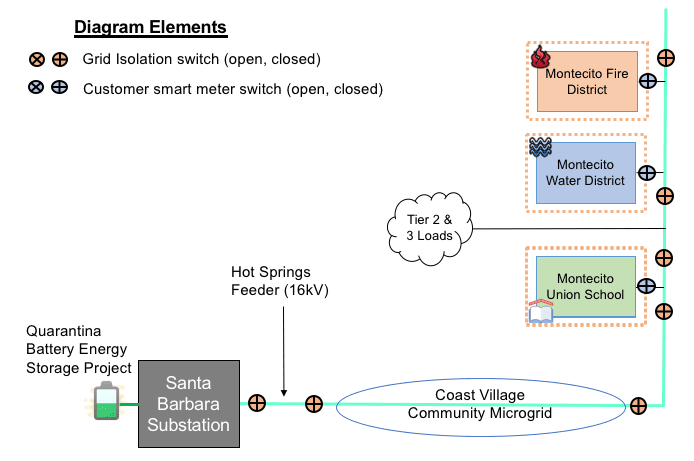
In Phase II, a Community Microgrid would be staged for implementation in Montecito Coast Village. This would include priority facilities for short- and medium-term rescue, recovery, and shelter.
Tier 1 potential sites: Critical facilities required for emergency response
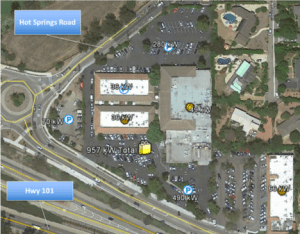
Tier 2 potential sites: Priority facilities useful for evacuation,
shelter, recovery staging, and medium-term life-sustaining services
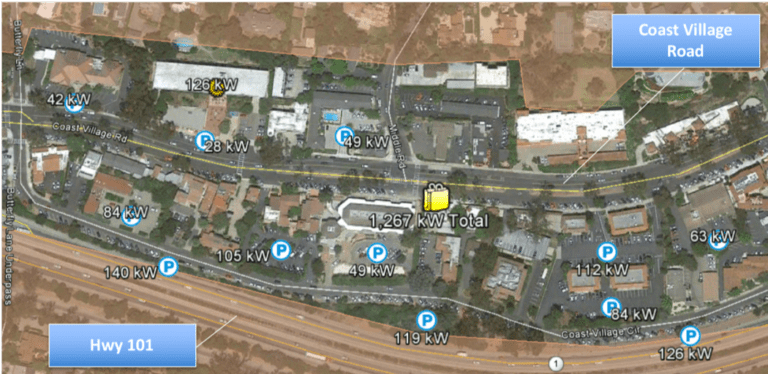
To learn more or to get involved in the Montecito Community Microgrid Initiative, contact Gregory Young at gregory@clean-coalition.org.
The latest in clean local energy
Learn about our innovative projects and initiatives on our blog, and see what others are reporting about our important work.
This blog post explains the crucial need for Community Microgrids in fire-prone regions.
Read MoreRedwood Energy reports on Clean Coalition’s expert commentary, warning that AB 942 threatens rooftop solar affordability and undermines the clean‑energy transition
Read articleThis Clean Coalition hosted webinar took place on 27 June 2025 at 10:00 AM PST.
Read More